Coffee Plant
- November 6, 2023
- 0 comment
The coffee plant, scientifically known as Coffea, is a fascinating and economically significant evergreen shrub that produces one of the world’s most beloved beverages: coffee. Native to the tropical regions of Africa, particularly Ethiopia, the coffee plant has become a global icon, with different species and varieties cultivated across various continents.


The most widely cultivated coffee species are Arabica and Robusta, each offering distinct flavor profiles and growing requirements. Coffee plants produce small, aromatic flowers that develop into coffee cherries, which typically contain two seeds, or coffee beans.
These beans are the heart of the coffee industry, harvested, processed, roasted, and ground to create a wide range of coffee beverages. The cultivation of coffee plants involves careful management of factors like altitude, climate, soil quality, and processing methods to produce the desired flavor characteristics. The entire journey from the coffee plant to your cup is a testament to the rich history and global importance of this remarkable botanical treasure.
| Characteristics | Description |
| Scientific Name | Coffea |
| Family | Rubiaceae |
| Common Species | Arabica (Coffea arabica) and Robusta (Coffea canephora) are the most widely cultivated. |
| Growth Form | Evergreen shrub or small tree. |
| Native Region | Tropical regions of Africa, primarily Ethiopia. |
| Height | Can grow up to 3 to 5 meters, depending on the species and growing conditions. |
| Leaves | Dark green, glossy, and elliptical. |
| Flowers | Small, fragrant, white flowers with a jasmine-like scent. |
| Fruit | Coffee cherries, which are usually red or purple when ripe. |
| Beans | Each cherry contains two coffee beans, which are the seeds used to make coffee. |
| Altitude | Coffee is typically grown at varying altitudes, influencing its flavor profile. |
| Cultivation Regions | Grown in countries around the equator, known as the “Coffee Belt.” |
| Preferred Climate | Tropical and subtropical climates with consistent rainfall. |
| Soil Type | Well-draining, fertile soil with good organic content. |
| Harvesting | Usually done by hand-picking the ripe cherries. |
Botanical Beauty of the Coffee Plant
The coffee plant, scientifically known as Coffea, is an exquisite botanical wonder that captivates both nature enthusiasts and coffee lovers alike. Its lush, glossy leaves and delicate, fragrant flowers contribute to its exceptional beauty. The dark green, elliptical leaves of the coffee plant give it a distinct woodland elegance. The striking foliage is an integral part of what makes coffee plantations such visually enchanting places. Beyond its aesthetics, the coffee plant holds ecological significance in the regions where it thrives.

Woodland Elegance

One can’t help but be enamored by the coffee plant’s woodland elegance. As an evergreen shrub or small tree, it stands tall with a grace that’s equally at home in the depths of a rainforest or on a well-tended coffee estate. Its deep green leaves, which shimmer with a glossy sheen, provide not only aesthetic appeal but also shelter for numerous species of birds and insects that find refuge in its branches. The coffee plant is a testament to the captivating beauty of nature.
Ecological Importance
The coffee plant isn’t just a pretty face; it plays a crucial role in the ecosystems where it grows. Coffee plantations often act as a buffer against deforestation, preserving biodiversity and habitat for a variety of plant and animal species. These agroforestry systems provide a harmonious coexistence of coffee cultivation and conservation, making them ecologically significant.

Cultivation and Conservation
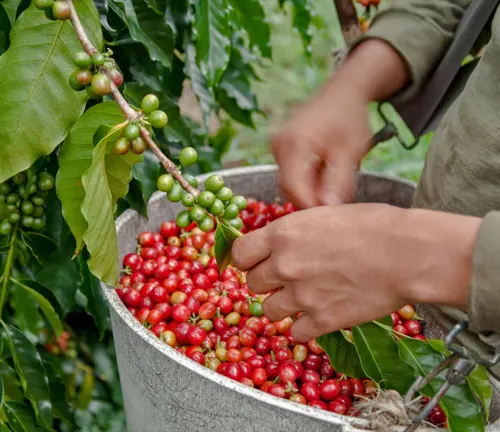
Coffee cultivation is as much about preserving the environment as it is about producing a beloved beverage. Sustainable farming practices, including shade-grown coffee, promote ecological conservation by maintaining the integrity of the surrounding ecosystems. This responsible approach to cultivation ensures the coffee plant continues to flourish in harmony with nature.
Fragrance
The coffee plant’s allure isn’t limited to its visual charm; it also boasts a captivating fragrance. When in bloom, coffee plants produce small, white, star-shaped flowers with a sweet, jasmine-like scent that wafts through the air. This delicate fragrance adds an extra layer of enchantment to coffee plantations and is a delightful reward for those who care for these plants.
Soil Stabilization
Coffee plants offer more than just aesthetic and aromatic pleasures. Their extensive root systems help stabilize soil, reducing the risk of erosion in regions prone to heavy rains. This soil-stabilizing effect is a valuable contribution to land management and conservation efforts in coffee-growing areas.
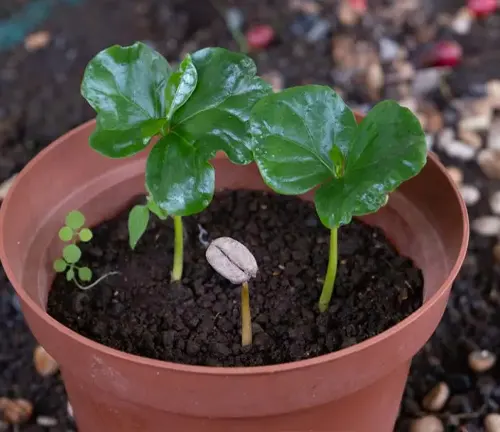
Common Uses
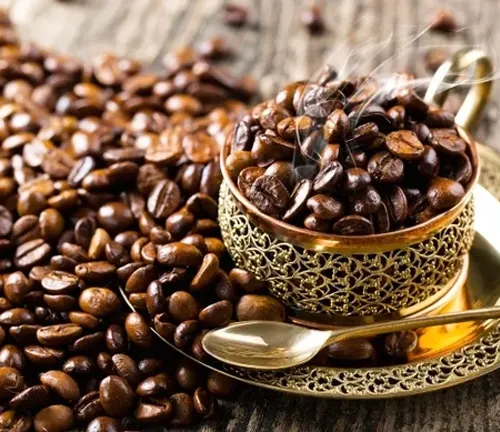
While the coffee plant is best known for its beans, its uses extend beyond the beverage it yields. Coffee leaves can be used for herbal teas, and in some cultures, the pulp from the coffee cherries is utilized in traditional dishes. Every part of the coffee plant finds a purpose, making it a versatile botanical treasure.
Benefits
Beyond its ecological and aesthetic contributions, the coffee plant’s significance extends to our daily lives. It’s the source of one of the world’s most consumed beverages: coffee. From the comforting morning ritual to the social gatherings over a cup of coffee, this plant brings people together. It also fuels economies in coffee-growing regions, providing livelihoods to countless individuals.
Different Species
Arabica Coffee
(Coffea arabica)
Arabica coffee is often considered the premium coffee species, known for its smooth, mild, and aromatic flavor. It is native to the high-altitude regions of Ethiopia and is cultivated in many coffee-producing countries. Arabica plants are more delicate and require specific conditions, such as higher elevations and cooler temperatures, to thrive.
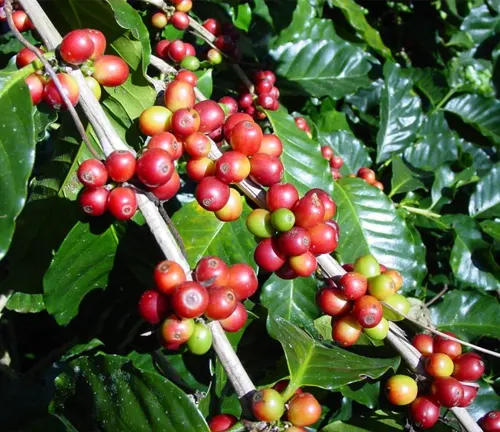

Robusta Coffee
(Coffea canephora)
Robusta coffee, as the name suggests, is robust and hardy. It is known for its strong, bitter taste and higher caffeine content compared to Arabica. Robusta plants are grown at lower altitudes and are more resistant to pests and diseases, making them a popular choice for mass coffee production.
Liberica Coffee
(Coffea liberica)
Liberica coffee is grown in some parts of West and Central Africa. It has a distinct and often considered unconventional flavor profile, which some find appealing. Liberica plants are larger and hardier compared to Arabica, making them suitable for different growing conditions.


Excelsa Coffee (Coffea excelsa or Coffea liberica var. dewevrei): Excelsa is a variety of Liberica coffee and is primarily grown in Southeast Asia and some parts of Africa. It is known for its tart and fruity flavor, often used in blends to add complexity.
Benghalensis Coffee
(Coffea benghalensis)
This coffee species is native to India and is not widely cultivated for coffee production. Instead, it is primarily grown as an ornamental plant due to its attractive foliage.
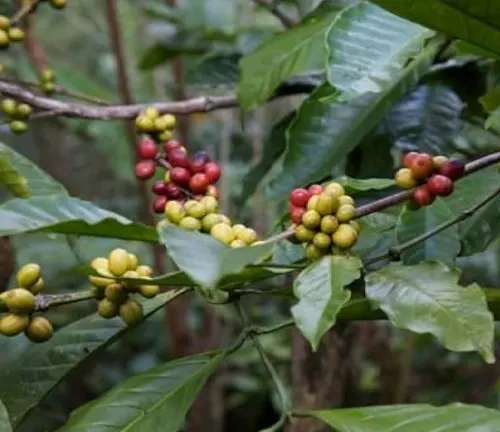
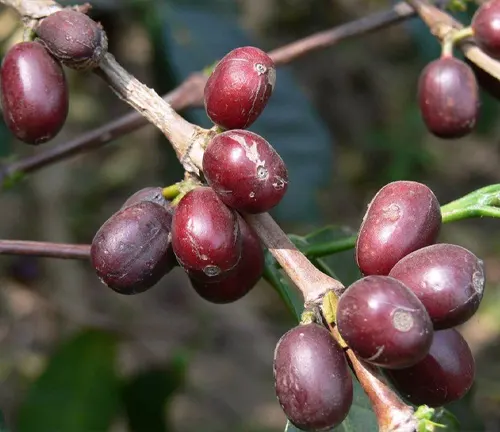
Stenophylla Coffee
(Coffea stenophylla)
Stenophylla coffee is native to West Africa and is known for its resistance to certain diseases. It is considered a potential source for breeding coffee plants with disease resistance.
Frequently Asked Questions (FAQs)
- What is the scientific name of the coffee plant?
The coffee plant’s scientific name is Coffea. - Where is the coffee plant native to?
The coffee plant is native to the tropical regions of Africa, primarily Ethiopia. - What are the main species of coffee plants used for coffee production?
The two main species are Arabica (Coffea arabica) and Robusta (Coffea canephora). - How does the flavor of Arabica coffee differ from Robusta coffee?
Arabica coffee is known for its smooth, mild, and aromatic flavor, while Robusta coffee has a stronger, bitter taste with higher caffeine content. - What are the ideal growing conditions for coffee plants?
Coffee plants thrive in tropical and subtropical climates with consistent rainfall, well-draining soil, and specific altitude ranges depending on the species. - How are coffee beans harvested?
Coffee beans are typically hand-picked from ripe coffee cherries. In some cases, mechanical harvesting methods are used. - What ecological importance does the coffee plant hold?
Coffee plantations can serve as buffers against deforestation, preserving biodiversity and providing habitat for various species. - How is coffee processed after harvesting?
Coffee cherries are processed through methods like wet processing and dry processing to extract and prepare the beans for roasting. - What is the role of shade-grown coffee in conservation?
Shade-grown coffee promotes ecological conservation by preserving the surrounding ecosystems and maintaining biodiversity. - How do different coffee species and varieties affect the flavor of coffee?
Different coffee species and varieties have distinct flavor profiles, influencing the taste, aroma, and quality of the coffee produced. - What are the benefits of coffee beyond its beverage?
Coffee plants provide economic opportunities for communities in coffee-growing regions and offer various uses, including herbal teas and culinary applications. - How can coffee cultivation be sustainable and environmentally friendly?
Sustainable coffee farming practices, such as organic and shade-grown methods, help minimize environmental impact and promote conservation. - What is the fragrance of coffee plant flowers like?
Coffee plant flowers have a sweet, jasmine-like scent when in bloom. - Can coffee plants help stabilize soil in certain regions?
Yes, the extensive root systems of coffee plants help reduce soil erosion and stabilize land, particularly in regions prone to heavy rains.


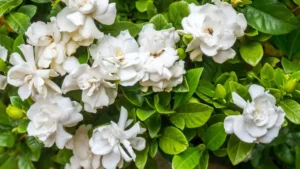


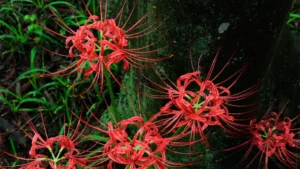
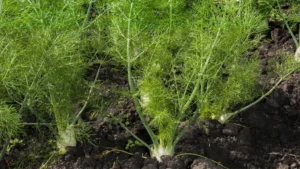
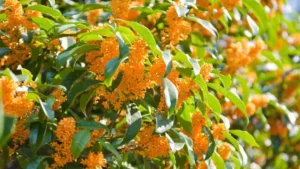
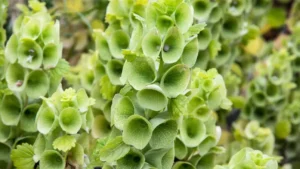
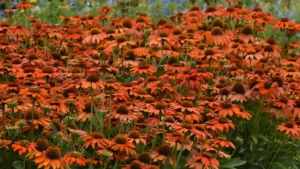

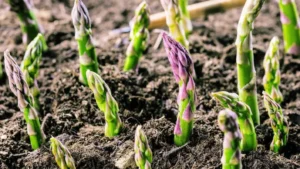

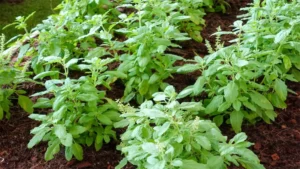
Leave your comment